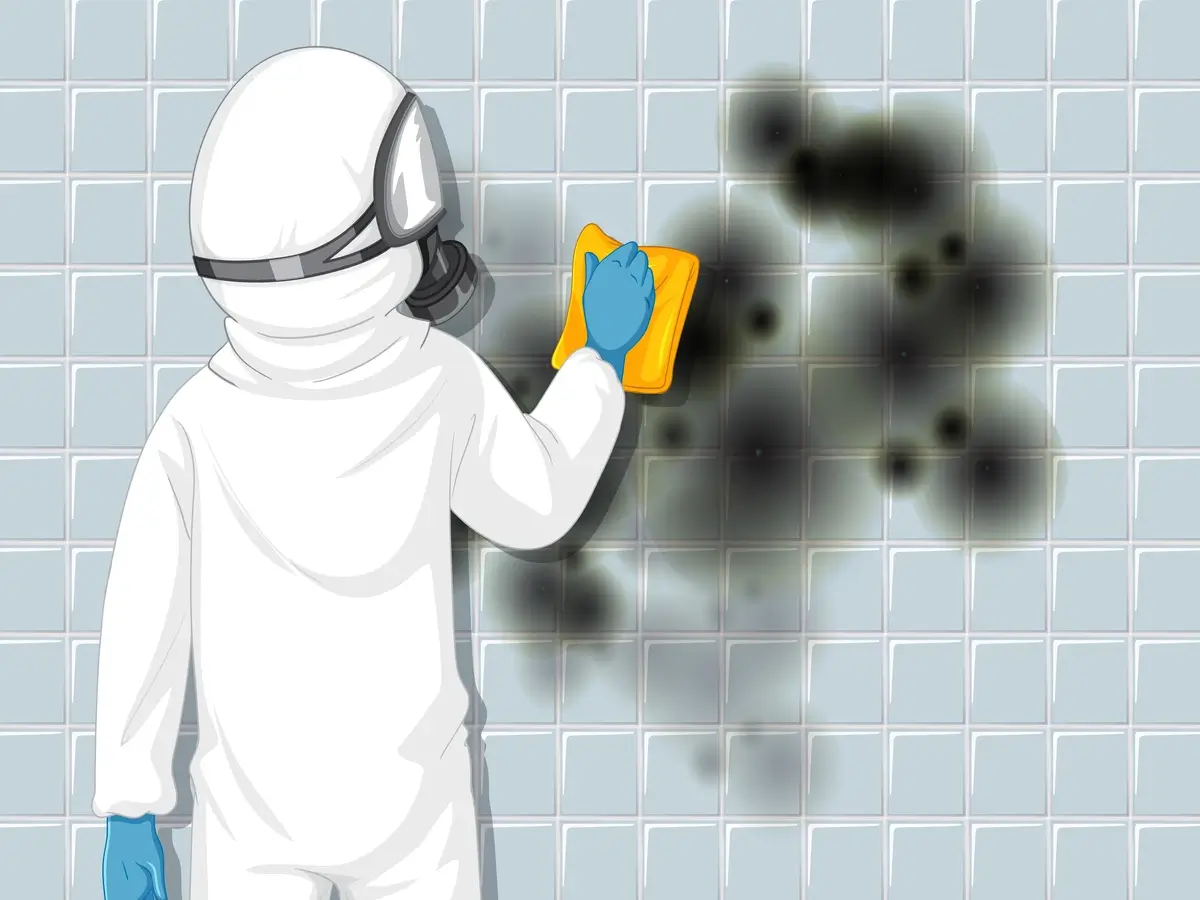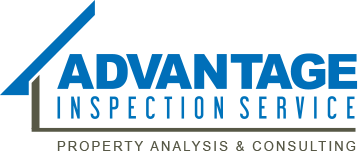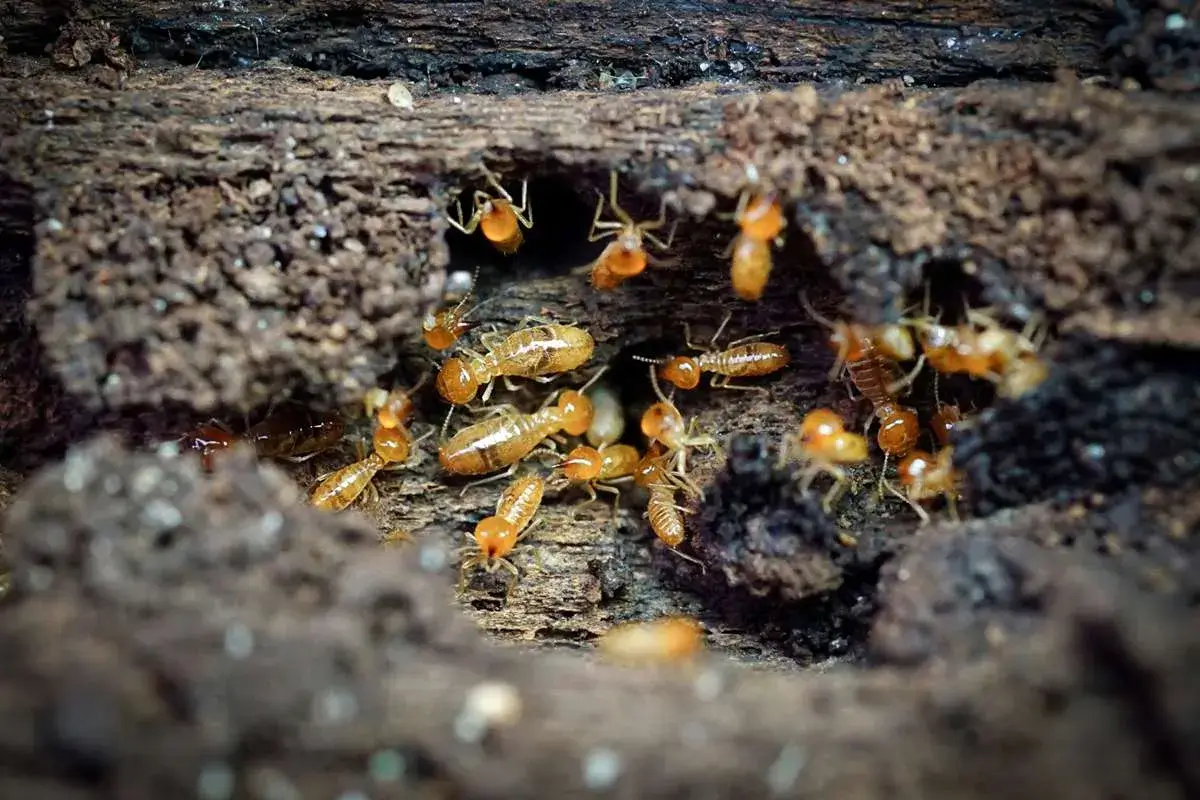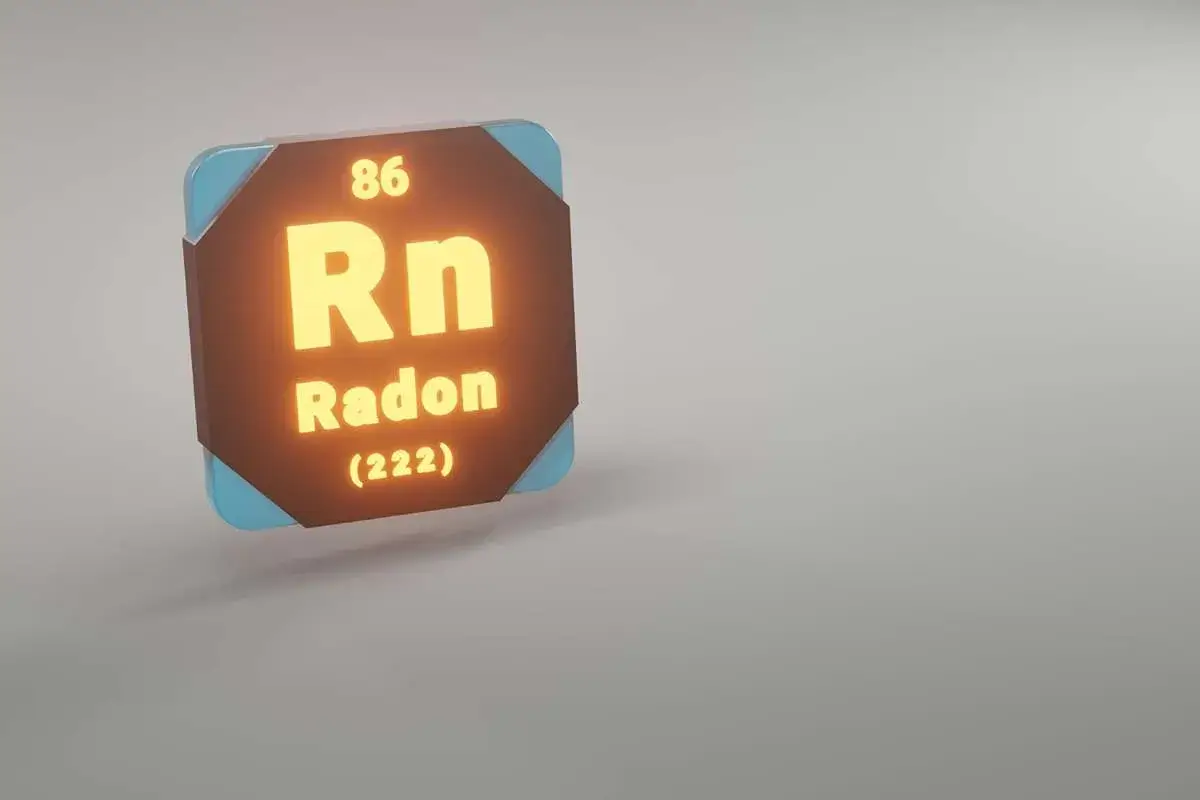When people think about home safety, they often picture locks on doors or smoke detectors…

What Happens if Mold is Found During a Home Inspection
Purchasing a new house is an exhilarating experience, even though it entails a lot of research and thorough deliberation. One of the most important steps in this process is a mold home inspection. Your health and the structural stability of your house suffer damage from mold that appears unthreatening in its initial state. Precautionary measures must be taken if mold is found during the inspection process. Should you be worried? The following guide explains your options when you come across this situation while searching for a new residence.
What Is A Mold Home Inspection
A mold home inspection is a detailed assessment conducted by professionals to detect the presence of mold in a property. Mold thrives in environments with high moisture and humidity levels and concealed, hard-to-reach spaces such as behind walls, under carpets, and in basements. Mold inspections are part of regular home inspections, but homebuyers can request standalone mold services when they have reason to believe there may be a mold infestation.
Do Home Inspections Check For Mold
You may be wondering if home inspections check for mold as part of the regular process. Generally, it is included in the standard home inspection. However, you must keep in mind that home inspectors are not specialized mold inspectors. They will note obvious signs of mold, such as moisture, stains, and musty odor, and include it in their inspection report. They will not dig deep to discover a hidden mold infestation. For this, you must request a detailed inspection or hire professionals who exclusively deal in mold detection and remediation services.
During inspections, the potential mold findings can trigger necessary follow-up action recommended by the inspector. That’s where a mold home inspection comes into play. Using their specialized skills, a mold inspector will investigate the extent of mold contamination while assessing its impact on house safety and health.
What Happens If Mold Is Found During Inspection
If mold is found during a mold inspection, the next steps depend on the severity of the issue. The inspection process will proceed through the following stages:
Identification Of The Mold Type
A mold inspector starts by determining the specific mold types discovered during the inspection. Different types of mold carry varying levels of danger to people. Three main types of mold commonly appear in homes.
- Cladosporium is found on carpets and wood surfaces; it typically does not create health issues, yet it might provoke allergic reactions in certain individuals.
- Penicillium exists in moist conditions, and it can trigger respiratory problems.
- Stachybotrys (black mold) is a danger to human health as it produces severe consequences for those exposed to it over an extended period.
After collecting samples, the inspector will have them tested in a laboratory to identify the mold type. Proper identification reveals how dangerous mold is to human health and how to tackle it effectively.
Assessment Of The Mold’s Spread
After identifying its specific type, the inspector will determine the scope of mold growth. To accurately determine its extent, inspectors must examine locations where mold hides, such as behind walls, under the carpet, or inside ventilation systems. The inspector also performs analysis with moisture meters and infrared cameras to evaluate hidden mold and determine moisture levels.
Health And Structural Impact
During the mold inspection process, the inspector will determine if mold can cause health problems, damage property structures, or do both. Mold usually poses serious risks since it creates respiratory issues, allergies, and critical health issues for medically vulnerable individuals. Since mold is invariably caused by excessive moisture from water dripping, it will ultimately break down wood and drywall structures.
Recommendations For Remediation
Mold removal becomes necessary wherever it is found. The remediation process includes removing mold while fixing all resulting damage to the property. Mold removal costs will differ based on the extent of the mold. A small mold problem may need only simple steps for removal (washing, scrubbing, and drying will do).
Extensive mold growth demands professional help for full eradication and disinfection of affected materials. The inspector generates a report recommending the needed course of action.
The cost of remediation can be borne by either the buyer or seller, or shared between them based on a mutual agreement. Usually, the buyer expects the seller to bear the cost, as the property still belongs to the seller, and its proper maintenance is the seller’s responsibility.
Walk Away If Necessary
Buying the property becomes unwise when mold issues become too extensive to repair. The buyer may opt to walk out of the deal if the mold eradication is expensive and too complicated to handle.
Should I Get A Mold Inspection When Buying A House
Now, you might be wondering, Should I get a mold inspection when buying a house? We are talking about a detailed inspection here. The answer is subjective and depends on different factors. The age of the house, its geographic location, and signs of water damage determine if you should opt for a thorough mold home inspection.
Be proactive, and don’t leave anything to chance. Even if there are no visible mold signs, getting a mold inspection should not be ruled out because safety comes first. A mold investigation should be conducted by inspectors who are qualified to do the job and have considerable experience in this regard.
Conclusion
Discovering mold during a mold home inspection can be alarming, but it doesn’t necessarily mean the end of your home-buying journey. If you know what steps to take to handle the situation, you can cope effectively. Mold detection during the early stages allows you to avoid high expenses in the future associated with its remediation, not to mention its toll on human health.
If you’re buying a home and are concerned about mold, don’t hesitate to schedule a mold home inspection today. Consolidate your new home’s safety by hiring Advantage Inspection’s mold home inspection services. You can reach us to arrange for our expert mold detection services.
Let’s get your mold problem fixed.



